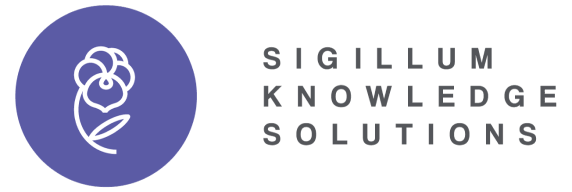How do fashion brands and retailers deal with the marketing of more sustainable items?
The fashion industry is associated with one of the longest and most complicated industrial chains in the manufacturing industry. Among other stages, it includes the production or harvesting of the raw fibers, spinning, weaving, the wet treatment stages of texil ennoblement to provide the desired coloration, the finishing stages to improve the appearance or performance, and finally the making of the article and its placing on the market.
As a result of this complexity, the sustainability impacts linked to the placing on the market of a fashion garment are pronounced and very diverse. These would range from their contribution to climate change, the consumption and contamination of water (both in the production / harvesting of materials and during the textile manufacturing process) or the use of dangerous chemical products, to the impacts on biodiversity, the relative animal abuse, or poor working conditions.
Taking into account: a) the aforementioned impacts on sustainability related to the fashion industry, b) the current context of the United Nations 2030 Agenda on Sustainable Development, and c) the increase in consumer awareness, sustainability is no longer a trend in the fashion industry but an obligation.
Consequently, the manufacture, marketing and promotion of more sustainable articles is a common strategy in current fashion. Furthermore, with globalization, the increase in the supply of goods and the cost imperative, supply chains have become even more complex and therefore the rigorous approaches to putting more sustainable products on the market always represent a major challenge.
In this context, at Sigillum Knowledge Solutions we have conducted a review of public information on the most sustainable article marketing / promotion strategies of various fashion retailers. The approaches we have found are varied, and can be grouped into four broad categories:
- Retailers that have developed stable labeling programs or sustainable collections. For this, the most used options are the generation of own standards or requirements, although third-party certifications are also used in some cases.
- Retailers that opt for the commercialization of capsule collections of articles, mainly linked to the use of more sustainable fibers and, less frequently, related to novel manufacturing processes or articles certified by third parties.
- Another less common approach is the use of official voluntary stamps such as EU Ecolabel, Nordic Swan, GRÜNER KNOPF, etc. They are labeling systems associated with government institutions and that usually cover the entire life cycle of the product.
- Finally, in recent years some approaches to environmental labeling have also been developed based on assigning a score to products associated with their impacts. These are comparative methods between the same type of garments to highlight the most sustainable option.
The most common approach is the one that refers to the generation of own standards / requirements by the different retailers. The ambition of these proprietary programs ranges from limited to the selection of requirements for more sustainable material content, to comprehensive programs that also include social and manufacturing chain requirements fundamentally related to the selection and management of chemical products and water purification residual.
Although the requirements regarding the content of sustainable fibers in some cases could be more ambitious and take into account other impacts such as the release of synthetic microfibers, progress must also be made in optimizing other key inputs in the manufacturing chain (such as energy and its sources, and water) and in the full implementation of environmental and social policies during the manufacturing process. In addition, it is necessary to mention that actions related to increasing the useful life of articles and promoting circularity (The Circular Green Action Plan, The European Green Deal) are increasingly required (from various stakeholders including official institutions).
At Sigillum Knowledge Solutions we understand that there are three key aspects for improving the sustainability of the sector: the use of more sustainable materials; more controlled production processes with less environmental impact (with good management and selection of chemical products, with measures to optimize water and energy consumption and reduction of greenhouse gas emissions); and control of the working conditions of the workers involved in the different stages of production. These actions can only be properly carried out through knowledge and rigorous control of the entire supply chain. At Sigillum Knowledge Solutions we work on this knowledge base to help our clients develop their own approach to more sustainable fashion items.[/vc_column_text][/vc_column][/vc_row]
